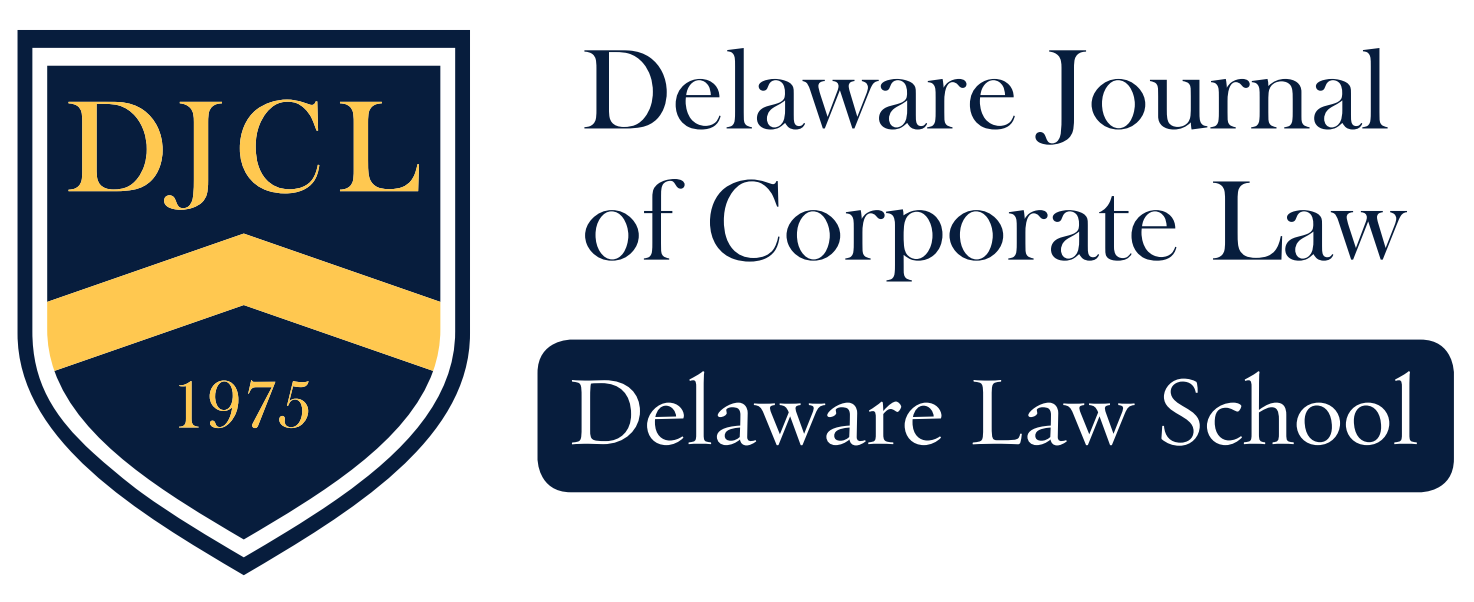Stub Rent under Section 365(d)(3): a Call for a Unified Approach
Aaron H. Stulman
With the economy in a recession, bankruptcy cases in the United States are booming. Corporations, individuals, and the courts need a succinct and unambiguous Bankruptcy Code to effectively, efficiently, and equitably administer the increased amount of cases. Unfortunately, section 365(d)(3) of the U.S. Bankruptcy Code is ambiguous and, therefore, needs clarification.
Circuits are split on its interpretation and hence various bankruptcy courts across the country apply different methods for evaluating “Stub Rent.” Stub rent is the rent due for the interim period between the petition date in the bankruptcy case and the end of the debtor’s first month in bankruptcy. The Third Circuit, among others, applies the Billing-date method for determining stub rent while the Second Circuit, among others, applies the Proration method. The Billing-date method views the billing date on the lease as the date that determines whether rent is pre-petition (general unsecured claim) or post-petition (administrative claim). The Proration method, on the other hand, treats rent as having accrued each day of the month regardless of the date rent is due. Therefore, a claim can be prorated from the date of the filing through the end of the month. The method adopted by the court is crucial because classification of claims may determine whether a landlord will receive full payment of rent or pennies on the dollar. This determination can have great monetary ramifications on both debtors and landlords.
This Note argues that the Proration method should be adopted uniformly across the country. The Proration method eliminates windfalls for debtors and landlords, avoids absurd results, and creates equitable and consistent determinations. Most importantly, the Proration method stays true to one of the fundamental principles of bankruptcy: treat all similarly situated creditors equally. Therefore, the Third Circuit should reconsider its relining Montgomery Ward in favor of adopting the Proration method.
